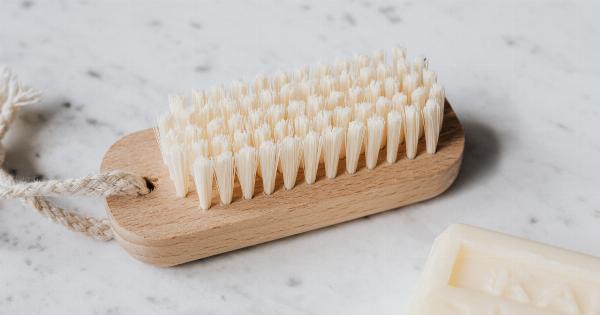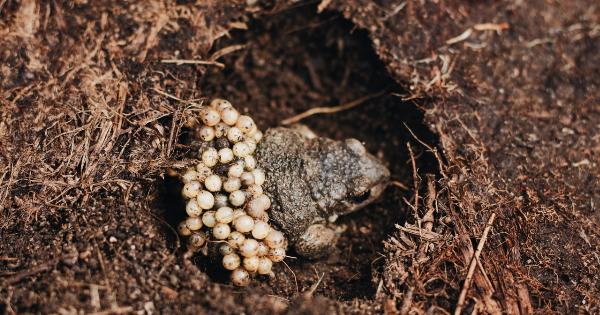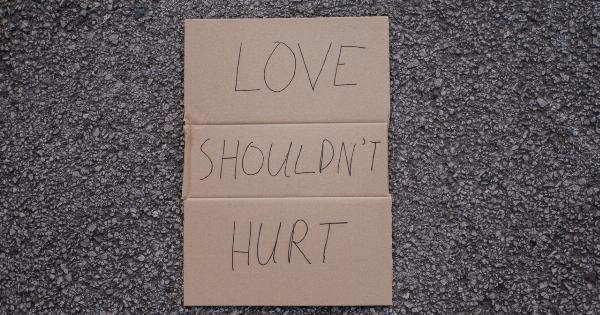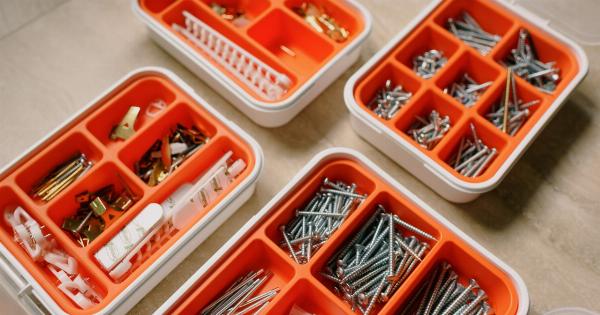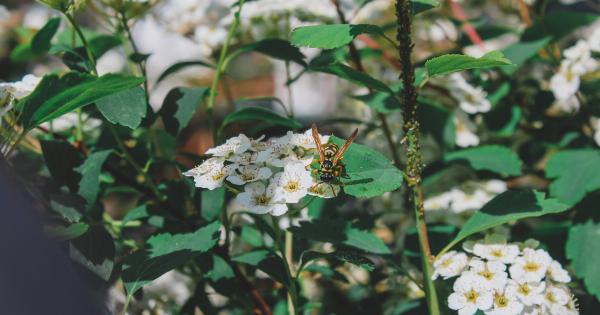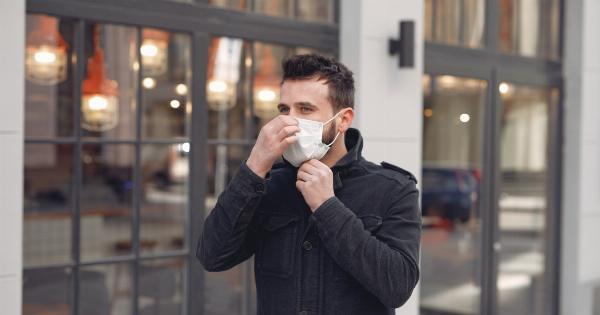If you find yourself frequently reaching for a tissue or experiencing bouts of uncontrollable sneezing, you are not alone. Allergy-induced sneezing affects millions of people around the world.
Sneezing is your body’s way of expelling irritants from your nose or throat. These irritants, known as allergens, can be found both indoors and outdoors, leaving you in constant discomfort. In this article, we will explore the most common triggers that make you sneeze and how to manage them effectively.
Allergens in Your Home
Our home is our safe haven, a place where we should feel the most comfortable. However, there are various allergens that can lurk in every nook and cranny, leading to frequent sneezing fits and allergic reactions.
Let’s take a look at the most common culprits:.
Dust Mites
Dust mites are microscopic creatures that live in household dust. They thrive in warm and humid environments, making your bedding, carpets, and upholstered furniture their perfect breeding grounds.
If you find yourself sneezing and experiencing nasal congestion particularly in the morning, dust mites might be the cause.
Pet Dander
We love our furry friends, but their presence can trigger allergic reactions in sensitive individuals. Pet dander, which includes tiny flecks of skin, saliva, and urine, can become airborne and cause sneezing, itchy eyes, and even asthma attacks.
If you suspect you are allergic to your pet, it is important to take necessary measures to minimize your exposure.
Pollen
When the seasons change and plants begin to bloom, pollen becomes a major cause of sneezing. Pollen is a fine powder released by flowers, trees, and grasses, and it easily finds its way into our homes through open windows and doors.
Keeping your windows closed and using air purifiers can help reduce exposure to pollen.
Mold
Mold thrives in damp and poorly ventilated areas of your home, such as bathrooms and basements. The microscopic spores released by mold can trigger allergic reactions, causing sneezing, coughing, and respiratory issues.
Regularly cleaning and maintaining these areas can help prevent mold growth and minimize the risk of allergies.
Outdoor Allergens
While your home should be a safe haven, outdoor allergens are hard to avoid completely. Here are some common triggers you might encounter while spending time outdoors:.
Grass Pollen
During warmer months, grass pollen can become a major trigger for seasonal allergies. If you find yourself sneezing and experiencing itchy eyes whenever you step outside, it’s likely that grass pollen is to blame.
Planning outdoor activities earlier in the day or after rain showers can help reduce exposure.
Ragweed
Ragweed is notorious for causing hay fever. Its pollen is highly potent and can travel long distances through the air.
If you live in an area where ragweed is prevalent, you might experience prolonged sneezing fits and other allergy symptoms during the late summer and early fall months.
Mould Spores
Mould doesn’t limit its growth to indoor environments. It can also grow outdoors in damp and shaded areas, such as piles of wet leaves or decaying wood.
Inhaling mould spores can irritate your respiratory system, causing sneezing, coughing, and even asthma attacks. Taking precautions such as wearing a mask and avoiding mold-prone areas can help minimize symptoms.
Pollution
Urban environments are often laden with pollution, including vehicle exhaust fumes and industrial emissions. These pollutants can irritate your respiratory system and trigger sneezing along with other respiratory symptoms.
It is important to be aware of the air quality in your surroundings and take necessary measures to reduce exposure, such as wearing a mask or staying indoors on particularly smoggy days.
Managing Allergies
Living with allergies can be challenging, but there are several measures you can take to manage your symptoms effectively. Here are some tips to help you breathe easier:.
Keep Your Home Clean and Dust-Free
Regular cleaning, especially in areas prone to dust accumulation, can significantly reduce allergens in your home. Use a damp cloth while dusting to avoid stirring up particles into the air.
Additionally, washing your bedding frequently in hot water can help eliminate dust mites.
Invest in Air Purifiers
Air purifiers can help filter out allergens from the air, improving indoor air quality.
Choose a purifier that is suitable for the size of the room and opt for ones with HEPA (High-Efficiency Particulate Air) filters, as they are highly effective in capturing airborne allergens.
Minimize Pet Dander
Regular grooming, such as brushing your pet’s fur outside, can help reduce the amount of pet dander floating in your home. It is also important to designate pet-free zones within your home, such as bedrooms, to minimize your exposure.
Monitor Pollen Count
By staying informed about the daily pollen count, you can plan your outdoor activities accordingly. On high pollen days, consider wearing sunglasses and a hat to minimize exposure to pollen and avoid going outdoors during peak pollen times.
Consider Medication
If your allergies severely impact your quality of life, it may be worth considering medication.
Antihistamines, nasal sprays, and allergy shots can provide relief by blocking the allergic response or desensitizing your immune system to specific allergens. Consult with a healthcare professional to determine the best course of treatment for your specific needs.
Conclusion
Sneezing can be quite bothersome, but understanding the triggers behind your sneezing fits can help you effectively manage your allergies.
By taking measures to minimize exposure to common allergens and implementing appropriate lifestyle changes, you can reduce the frequency and severity of your symptoms, allowing you to enjoy a sneeze-free life.



